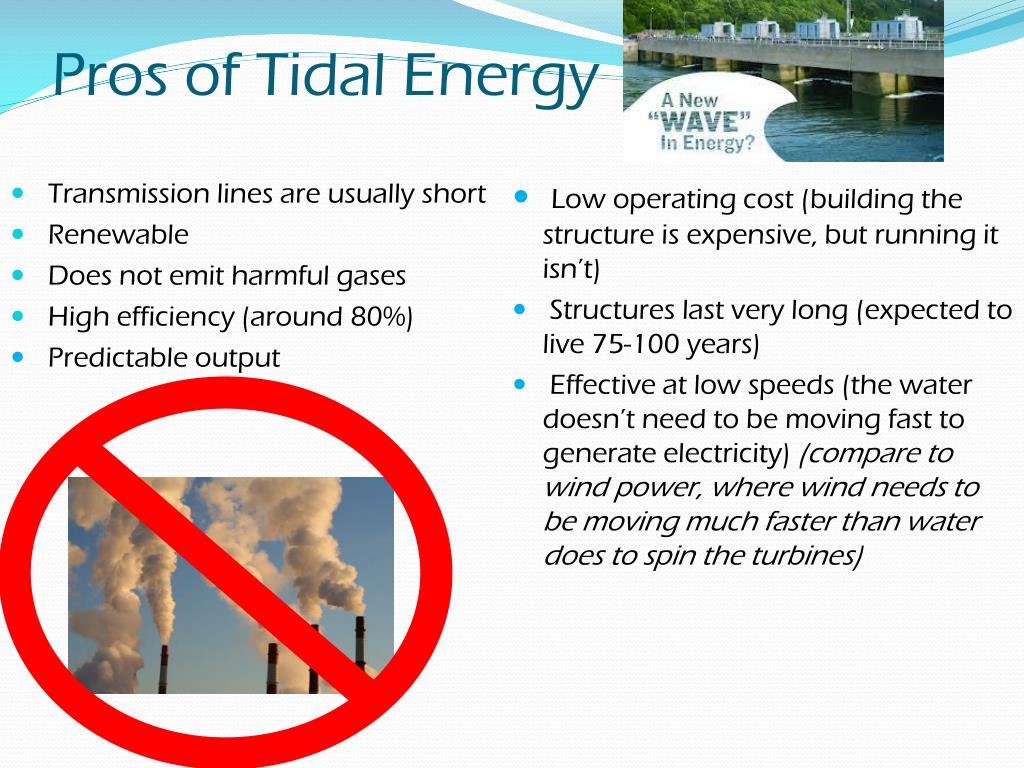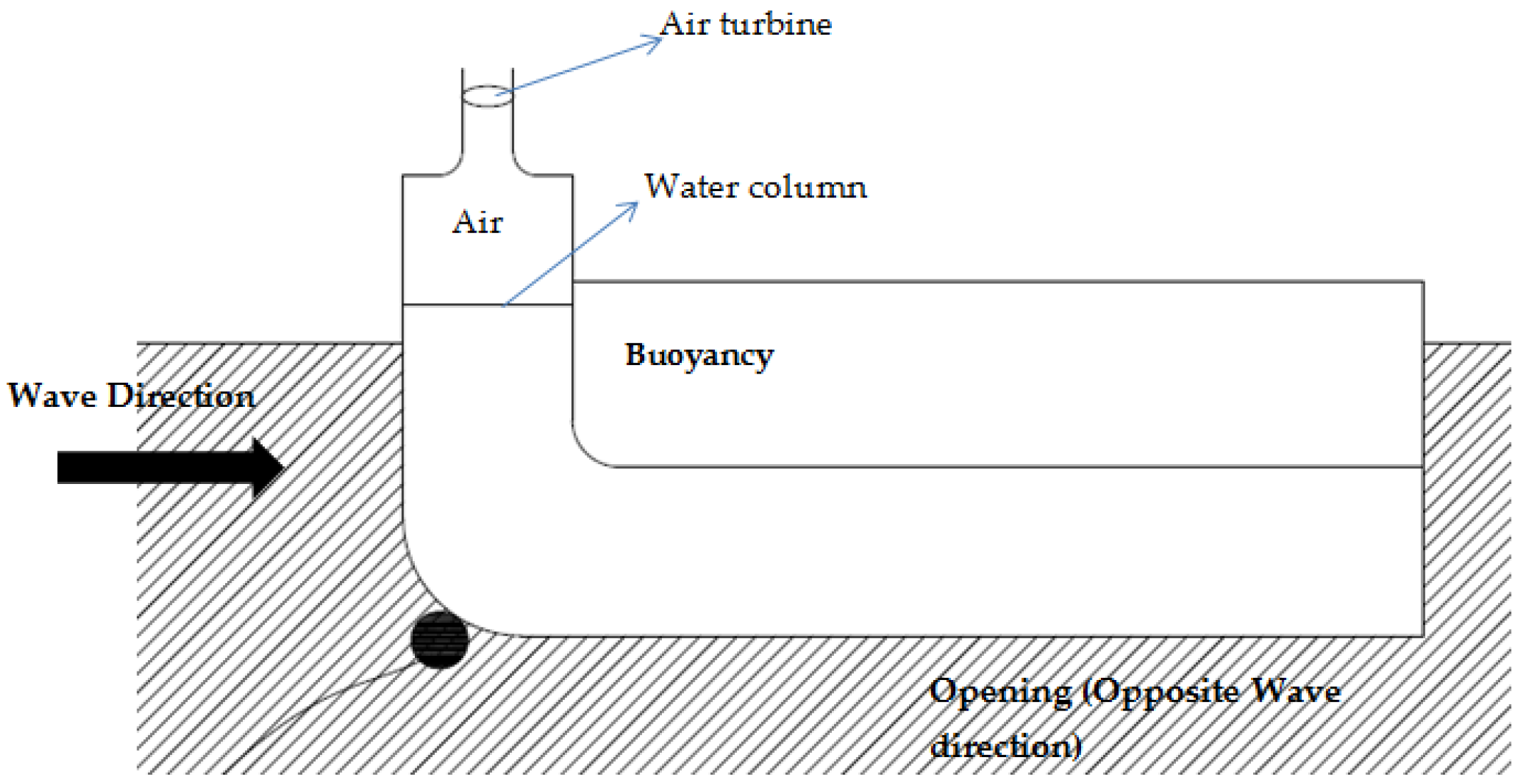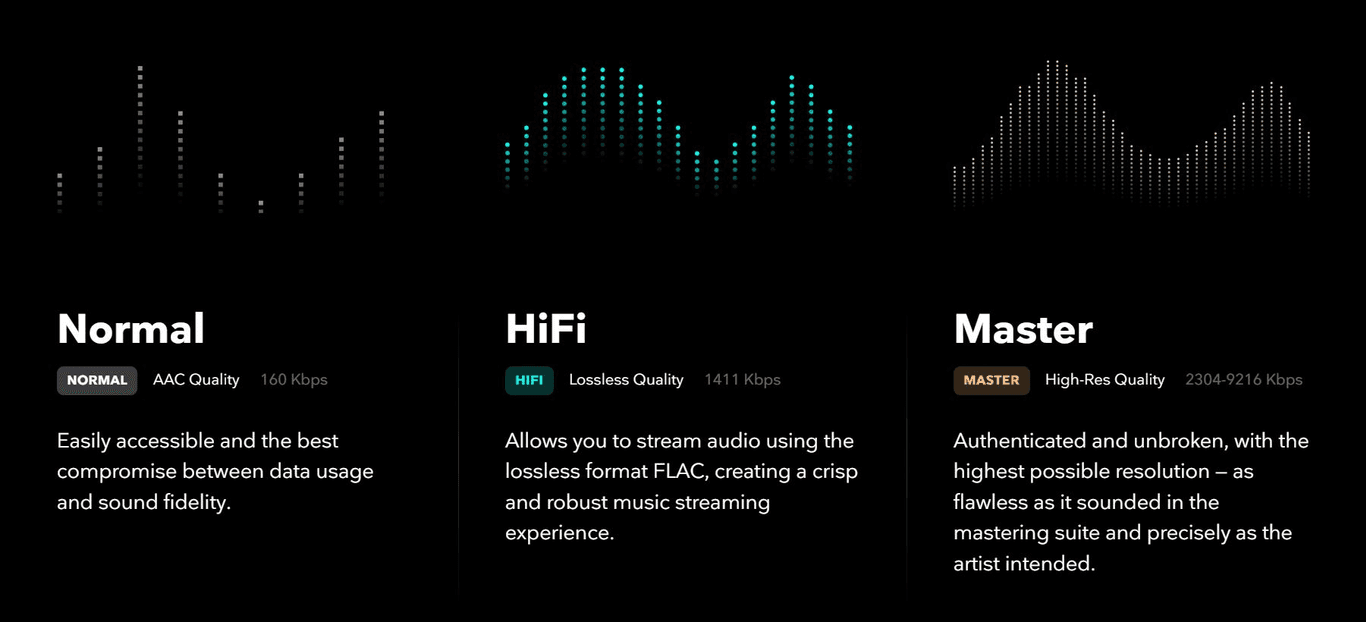
As the Tidal desktop app is an ‘MQA Core Decoder’, it can only ‘unfold’ the Masters MQA file once and output is 'limited' to 24-bit/96kHz. So, if you're listening through a computer, via its 3.5mm headphone output or through a connected (non-MQA-enabled) DAC, the maximum output will always be 96kHz – even if you’re streaming a 192kHz file.

There are a few complications concerning the playback of MQA-powered Tidal Masters. That is also the case if an MQA-supporting DAC is used within the audio set-up so long as Tidal is in exclusive mode (whereby Tidal itself determines the output preference). So if there are two hi-res formats supported, which one do you get? Generally, the playback hierarchy prioritises FLAC over MQA.
#Tidal cost android
Tidal's hi-res library can also be played via the service's desktop, web, Android and iOS platforms, as well as being supported by a number of those aforementioned hi-fi components (either natively or via Tidal Connect) and software platforms like Roon. For Tidal HiFi Plus subscribers, Tidal Connect can also (uniquely) cast MQA/Tidal Masters and Dolby Atmos Music files and will support HiRes FLAC streams by the end of 2023. Google Chromecast supports Tidal too, while Tidal Connect – a similar concept to Spotify Connect – also allows for easy streaming to compatible products from within the native Tidal app.

Tidal apps also form part of several networked hi-fi products’ offerings, from Sonos, Bluesound and DTS Play-Fi platforms to Linn, McIntosh, Naim and Cyrus streaming products.
#Tidal cost Pc
FeaturesĪs well as being accessible via its PC and Mac desktop apps, web player (HiFi subscribers will need Chrome or Firefox for lossless sound) and Android and iOS mobile apps, Tidal has also expanded into Apple and Android TV apps as well as Apple CarPlay. Tidal has now ceased this incentive, having distributed $500,000 in payments over a year, and is now turning its focus and investment to its TIDAL RISING program for emerging artists. To incentivise current subscribers and new listeners to go HiFi Plus, Tidal introduced an initiative in November 2021, designed to appeal to music fans who are concerned about how their subscription cost is divided up by providing artists with payments that represent subscribers' listening habits, in addition to standard streaming royalties. It is significantly pricier compared to the competition, with Apple and Amazon offering hi-res streaming for £10.99 / $10.99 / AU$11.99, though Tidal says it "pays artists more than the others with HiFi Plus". A family subscription – again, for up to six people – costs £29.99 / $29.99 / AU$35.99.

It is also the tier you have to subscribe to in order to listen to immersive music in Dolby Atmos Music and Sony 360 Audio. It brings audio quality up to hi-res, maxing out at 24-bit/192kHz, via its MQA-powered Tidal Masters and HiRes FLAC support. Tidal’s basic Family tier has also seen the same increase in standard bit-rate streams but lets six people take advantage of it for £14.99 / $14.99 / AU$17.99 per month. CD quality) as well as offline capabilities and access to features such as Tidal Connect for £9.99/ $9.99 / AU$11.99 per month.
#Tidal cost 320kbps
The Tidal Premium tier that offered 320kbps quality has now been rebranded as ‘Tidal HiFi’ and gets you audio at up to 1411kbps (i.e. For everyone else, a fee is still involved but you are paying for better quality.


 0 kommentar(er)
0 kommentar(er)
